Omokjip Sejong Center for the Performing Arts(오목집 세종문화회관)
6.5Km 2020-11-20
5-7 Saemunan-ro 5-gil Jongno-gu Seoul
+82-2-722-6882
It is a good store for office worker's group dinners. This restaurant's signature menu is braised pigs' feet. This Korean dishes restaurant is located in Jongno-gu, Seoul.
L'Histoire du Roi Sejong (세종이야기)
6.5Km 2022-09-13
175, Sejong-daero, Jongno-gu, Seoul-si
+82-2-399-1000
Le Roi Sejong était le quatrième de la dynastie Joseon (1397-1450, régnant de 1418-1450). Il a été responsable de certaines des réalisations les plus brillantes de l'histoire de Corée, comme la création du Hangeul (alphabet coréen) ainsi que de grands progrès dans les domaines de la science, la culture, l'art et la politique. Le passage derrière la statue du Roi Sejong de Gwanghwamun mène à une exposition sur son histoire, où l’ont peut voir certaines des contributions les plus étonnantes du roi pour le développement de la Corée.
La salle d'exposition du roi Sejong se compose en 9 sections sur une superficie totale de 3.200 ㎡. Parmi les thèmes exposés, on trouve l’invention du Hangeul, les contributions scientifiques, artistiques, militaires et politiques (y compris la théorie de la Minbon, qui est reconnue comme la base de la politique).
Informations générales
Pour la commodité et de divertissement des visiteurs, le musée dispose également d'une salle d'exposition spéciale avec des activités multimédia, des livres, une boutique de souvenirs et un salon.
Vue de nuit depuis le pont Mapo (마포대교 야경)
6.5Km 2021-03-26
Mapo-dong, Mapo-gu, Seoul-si
+82-2-3153-8365
Le pont de Mapo qui relie Yonggang-dong, Mapo-gu et Yeouido-dong, Yeongdeungpo-gu mesure 1 400 mètres de longueur et 25 mètres de largeur (route à 6 voies). Le pont est le quatrième qui a été construit au-dessus de la rivière Hangang après le pont Hannam. La construction a débuté en février 1968 et totalement terminé en mai 1970. Au moment de l’achèvement du pont, celui-ci a été nommé « Pont de Séoul » mais plus tard en 1984 il a été renommé en tant que « pont de Mapo »
Aneuk Hotel & Spa – Jongno Unni (아늑호텔 앤 스파 종로운니점)
6.5Km 2025-05-07
89, Donhwamun-ro 11ga-gil, Jongno-gu, Seoul
Bukchon-ri Dullegol (북촌리둘레골)
6.5Km 2021-03-19
44 Insadong 14-gil Jongno-gu Seoul
+82-2-747-9700
A restaurant with Korean traditional house-themed interior design. The representative menu is Korean table d''hote. This is a Korean cuisine located in Insa-dong, Seoul.
Moonguesthouse [Korea Quality] / 문게스트하우스 [한국관광 품질인증]
6.5Km 2020-09-09
31-18, Samil-daero 32-gil, Jongno-gu, Seoul
+82-2-745-8008, +82-10-8704-9981
The Moon Guesthouse is situated near a number of interesting tourist destinations including Unhyeongung Palace (3min on foot), Bukchon Hanok Village (5min on foot), Changdeokgung Palace (5min on foot), and Changgyeonggung Palace (10min on foot). The guesthouse was named ‘moon’ (‘door’ in English) because it has many 176 doors and windows. Upon entering by the gate, visitors will see a ‘ㄷ’-shaped hanok building in the courtyard, in which a wooden bedstead and a table are placed. On the opposite of the hanok building there is a wall roofed with tiles engraved with Korean patterns such as deer, pine, turtle, etc. Flowers in the flowerbed lined up along the wall are in bloom and the bonsai are also well-kept in the house. Renovated and opened as a guesthouse in September 2011, Moon Guesthouse consists of a bonchae (main building) and a byeolchae (detached house). The rooms are decorated with red clay and hanji (traditional Korean paper handmade from mulberry trees), and have under-the-floor heating (ondol). Each room is equipped with an air-conditioner, and has a 40cm-thick layer of red clay over the ceiling for insulation, making the rooms cool in summer and warm in winter. The house has seven individual guestrooms and five modern bathrooms, but the entire building (bonchae or byeolchae) can be rented, too. In particular, the unhyeondang of the bonchae is very popular as it can be converted into one large space for special events, group workshops, etc. simply by opening all the sliding doors (Bunhapmun – Goryeo construction style). This room, which is decorated with a flower-patterned windscreen, a landscape painting, and calligraphy, has been used as a shooting location for various TV programs including KBS2’s TV reality program Man’s Qualification and its variety show The Human Condition. The guestrooms are also equipped with traditional furniture including a cabinet inlaid with mother-of-pearl. The guesthouse also provides a variety of experience programs from 11am to 3pm, including tea ceremony, wearing Hanbok (traditional Korean clothes), making kimchi and gochujang (red chili paste), playing a traditional musical instrument, making a rubbing of a stone inscription, calligraphy, drawing orchids on a fan, and so on. The house has about seventy hanbok and other clothing accessories, as well as a royal costume. Its calligraphy and drawing orchid programs are run directly by the owner, who used to work as a classical Chinese teacher at a high school.
Jirisan Restaurant (지리산)
6.5Km 2019-08-01
30, Insadong 14-gil, Jongno-gu, Seoul
+82-2-723-4696
Jirisan is one of the representative Korean restaurants in Insa-dong, an area known for its traditional culture. One of the trademarks of this restaurant, besides its amazingly delectable bean and tofu dishes, is a wooden sign that welcome guests into a neat and cozy interior.
Each day, fresh beans are ground at the restaurant to prepare dishes such as soybean paste, soft tofu, and bean-curd tofu stew. Bean-curds are prepared by using seawater, which gives the tofu a unique flavor. The fresh and clean taste of the tofu is one of the many reasons that choosey tofu aficionados flock to the restaurant.
Not just limited to tofu, Jirisan presents customers with a full-range of side dishes such as kimchi, japchae (glass noodles with sautéed vegetables), cucumber kimchi, seasoned seaweed, braised lotus roots, roasted yellow corbinas (a type of fish), leafy greens, bean-curd stew, and more. The restaurant gives visitors a chance to experience a hearty traditional Korean-style meal, but has thoughtfully toned down its seasonings to appeal to a wider audience (particularly those not used to spicy foods).
One of the recommended menu items is the Jirisan set meal, which offers diners the chance to sample foods that are popular in the Jirisan region. Adventurous diners may want to try the sea urchin soup or dried Pollack soup.
The restaurant, originally a traditional Korean house, has been modified over the years to better suit the needs of its customers. The walls surrounding the structure were removed and a glass ceiling was installed to allow guests to enjoy the natural light of the sun as they sample some of the area’s best traditional Korean cuisine.
Sarangchae (사랑채)
6.5Km 2016-12-30
6, Insadong 16-gil, Jongno-gu, Seoul
+82-2-737-1155
Sarangchae is located in Insa-dong, one of the most famous neighborhoods visited by tourists. Majority of the restaurant's customers are foreigners, and they offer reasonably priced Korean dishes that are highly popular among foreign visitors.
Statue du Roi Sejong (세종대왕 동상)
6.5Km 2021-02-01
Sejong-ro, Jongno-gu, Seoul-si
+82-2-2133-7713
Une large statue de bronze du Roi Sejong est présente sur la place Gwanghwamun au milieu du boulevard Sejong-ro qui commence du palais Gyongbokgung où le Roi Sejong est monté sur le trône et où il mourut. Le Roi Sejong est le premier roi qui est monté sur le trône et a décédé au même endroit. La statue du héros national a été installée à cet endroit pour accroitre la fierté nationale parmi les coréens et pour représenter l’aspiration des coréens à la grandeur culturelle au vu des grandes réalisations culturelles du Roi Sejong.
Le visage de la statue montre un sourire généreux et doux plutôt qu’un air digne. Une de ses mains tiens un livre, alors que l’autre montre un geste de la main lui donnant un air sympathique.
Il est monté sur un piédestal (4.3m de largeur x 6.2m de hauteur), 250 mètres derrière la statue de l’amiral Yi Sun-sin dans le sud. En face de la statue, il y un globe céleste, un pluviomètre et un cadran solaire qui ont été inventés sous son règne. Derrière la statue, il y a 6 colomnes arrondies avec des images dorées décrivant ses réalisations de manières sculptées. L’entrée vers le passage souterrain connecté au hall d’exposition sur l’histoire du Roi Sejong est également derrière la statue. La chronologie de l’histoire de la Corée est gravée le long de la rivière appelée « le canal de l’histoire » (水路) qui coule le long de la place Gwanghwamun.
* Le Roi Sejong a régné durant la dynastie Joseon (1392-1910).
On se souvient surtout de lui, pour avoir été le créateur du Hangeul, l’alphabet coréen. Durant son règne, il a consolidé les bases de la dynastie Joseon en établissant la fondation pour les politiques confucéennes et en modifiant de nombreux systèmes. De plus, il a beaucoup fait pour l’agriculture, la littérature, la science et la technologie.
Festival international d’art de Gwanghwamun (GIAF) (광화문국제아트페스티벌)
6.5Km 2022-11-30
81-3 Sejong-ro, Jongno-gu, Séoul
02-723-9484~7
Le festival international d’art de Gwanghwamun rassemble plusieurs centaines d'artistes de Corée et du monde entier. Pour plus d’informations, consultez le site internet du festival (http://www.giaf.co.kr).
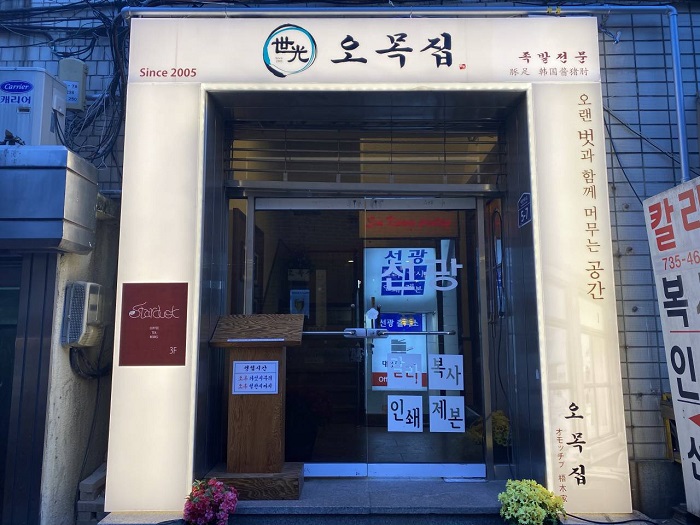
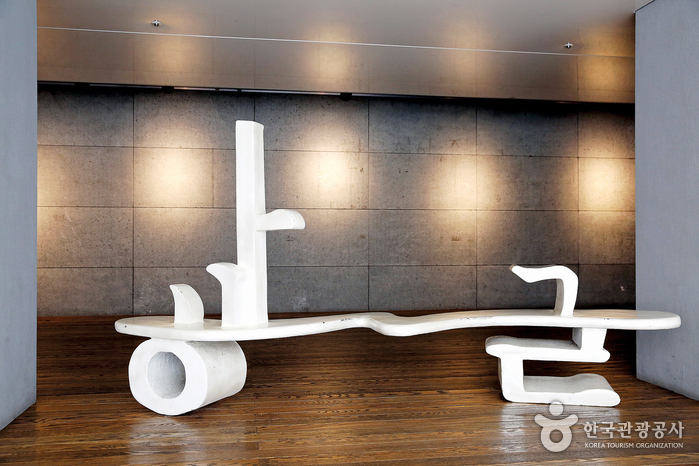
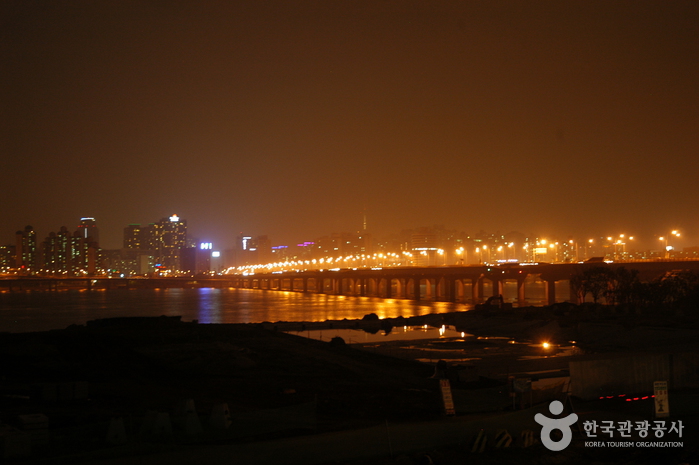
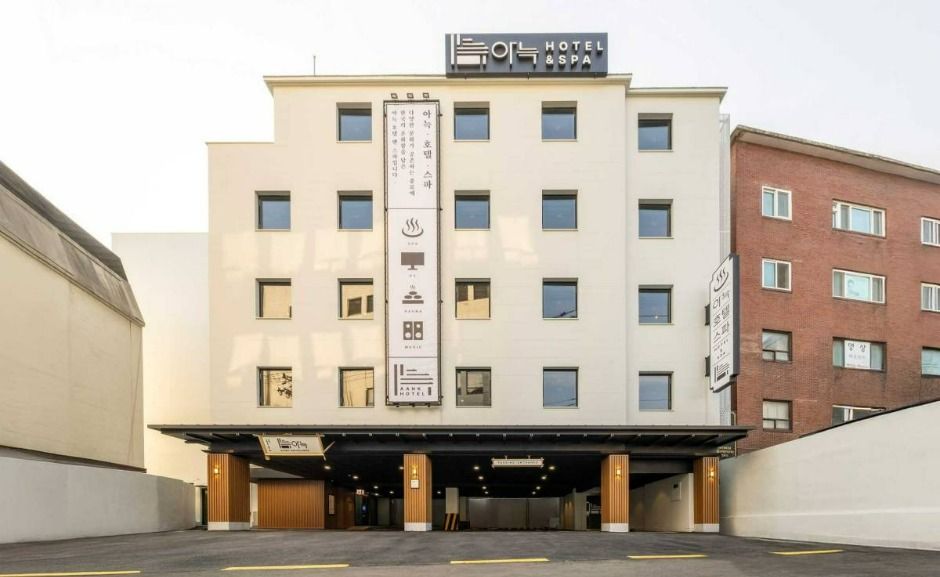
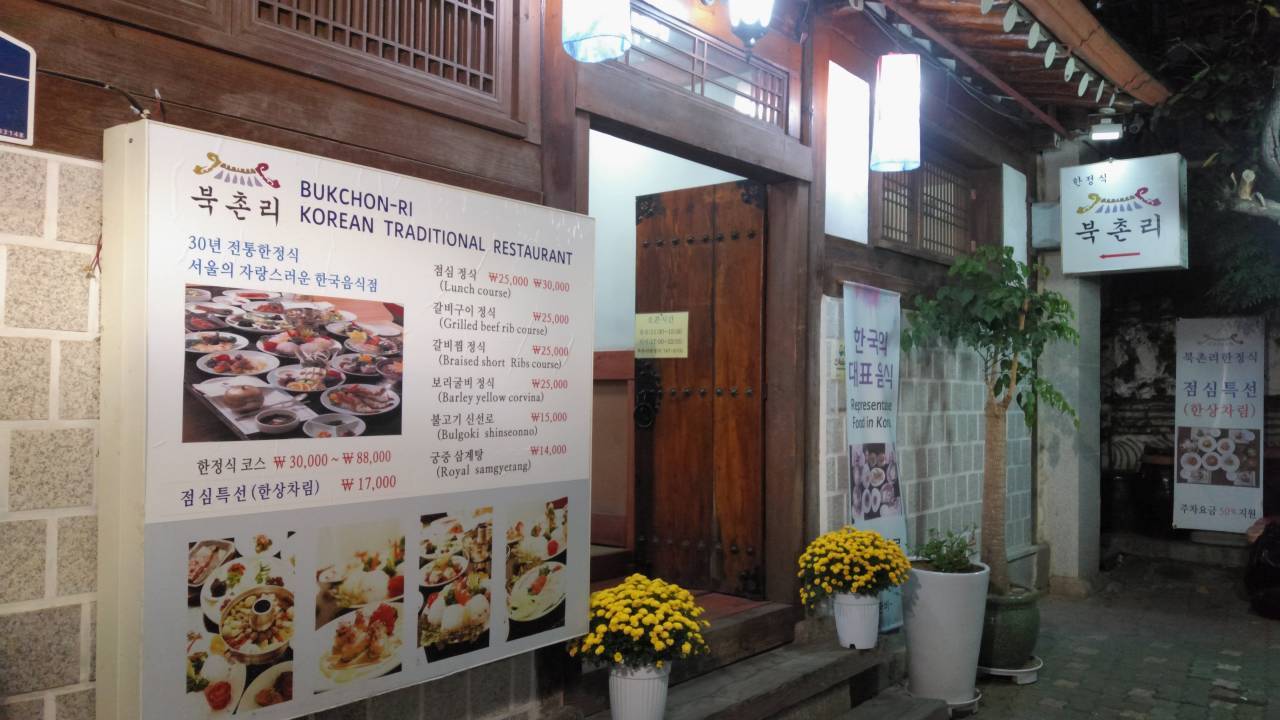
![Moonguesthouse [Korea Quality] / 문게스트하우스 [한국관광 품질인증]](http://tong.visitkorea.or.kr/cms/resource/09/2577509_image2_1.jpg)
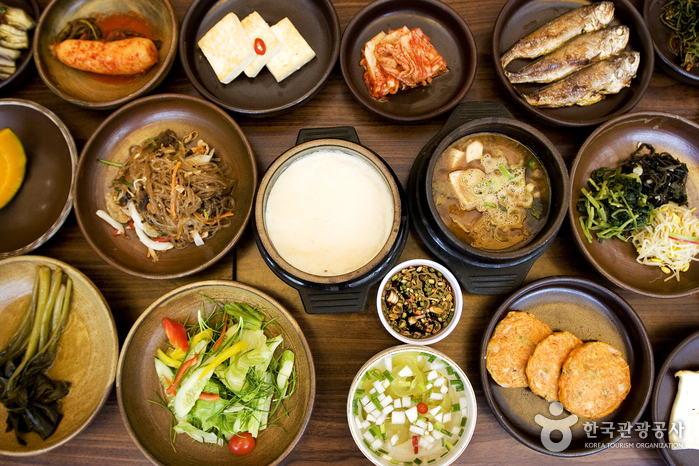

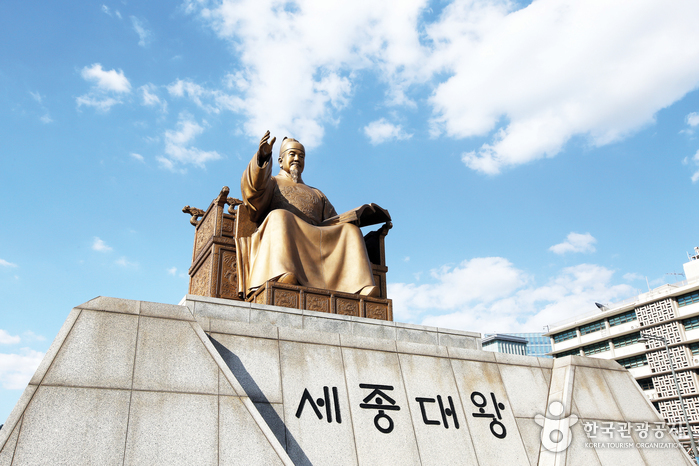

 Français
Français
 한국어
한국어 English
English 日本語
日本語 中文(简体)
中文(简体) Deutsch
Deutsch Español
Español Русский
Русский